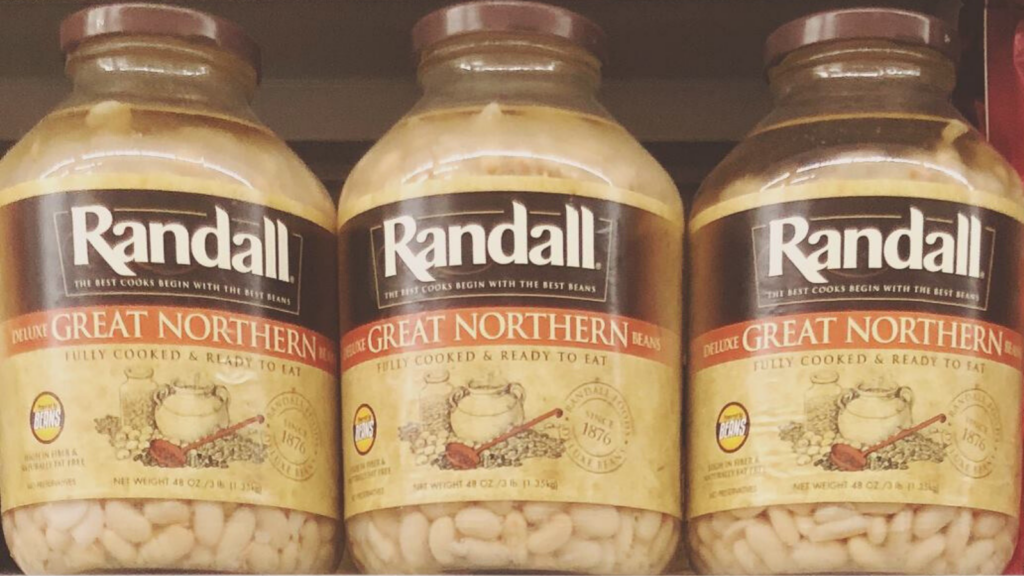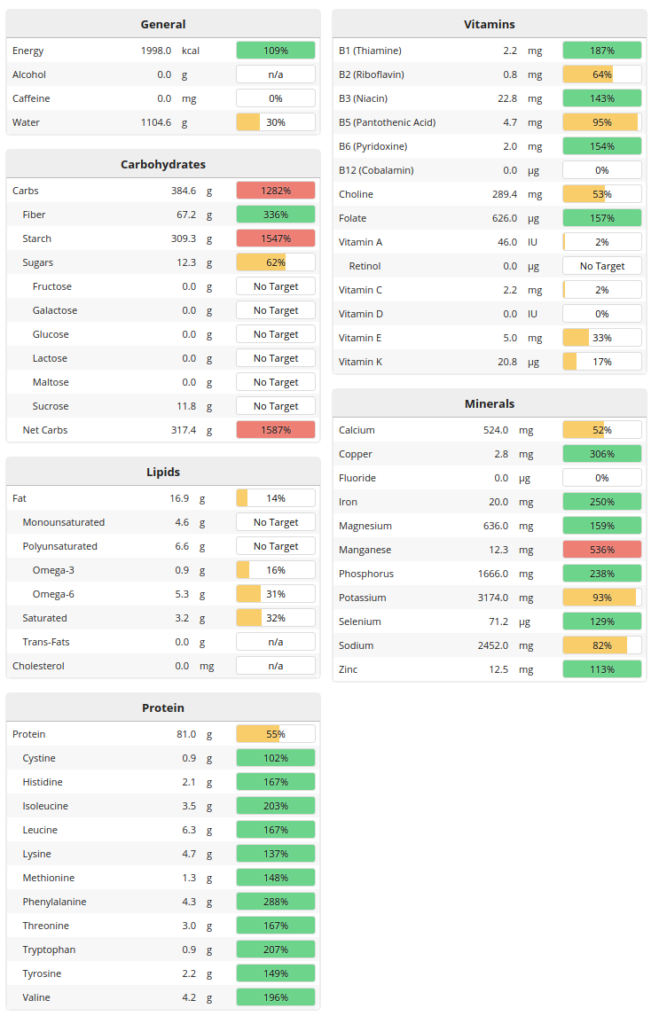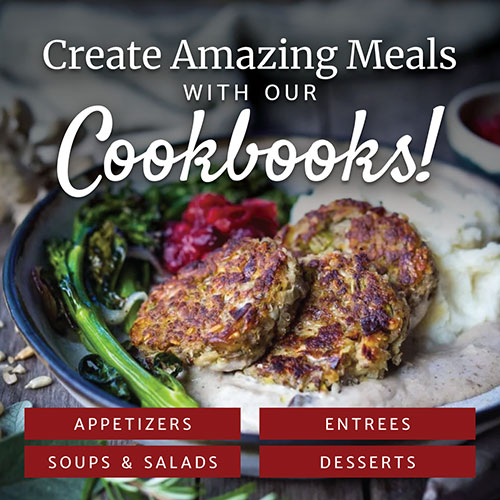
You’ve probably noticed that your grocery bill has gone up significantly over the past few years. Inflation is up, package sizes are down, and shortages of certain ingredients mean that the average family is spending more than ever at the grocery store.
When times are tough, it’s logical to turn to low-cost foods for the bulk of your meals. You may not relish the idea of living on beans and rice, but this nutritionally sound combination has kept bellies full almost any time there has been economic hardship in the past. There’s no reason the same can’t be true today!
The good news is that you don’t have to stick to bland food combinations and uninspiring recipes to save money. Economical beans can be added to many tasty and nutritious dishes or substituted for more expensive protein options to add bulk, flavor, and nutrients to meals.
Beans should be your top choice when money is tight, and you need to fill your grocery cart.
Beans are still reasonably priced.
If the prices of beef, cheese, eggs, and even some fruits and vegetables shock you, you’re not alone! But 48-ounce jars of Randall Pinto Beans, Great Northern Beans, Ultimate 4-Bean Mix, and Deluxe Mixed Beans enable you to make a lot of creative recipes.
If you plan your meals in advance, you can stretch a single 48-ounce jar of Randall Beans into several meals to feed your family. If you have a garden and can produce some of your own fruits, vegetables, and roots, you can also eliminate the cost of ancillary ingredients.
Using beans as your bulk ingredient means you won’t be sacrificing nutrition.
Most low-cost ingredients—think corn, rice, and pasta—can provide plenty of bulk to make your meals filling and tasty. What they don’t offer, however, is some of the vital nutrients you need. A bowl of noodles will give you energy and a few vitamins, but not much else.
Alternatively, beans are packed with nutrients such as protein, fiber, iron, phosphorus, potassium, magnesium, copper, zinc, manganese, and more health essentials. If you’re careful to balance your meals with the few nutrients that are missing, you can eat beans for nearly every meal and avoid any nutritional deficiencies.
It is essential to combine your beans with a source of the amino acid methionine. While beans have plenty of the other eight amino acids your body must get from food, they lack methionine, the ninth essential amino acid.
Luckily, methionine is available in other low-cost bulk ingredient staples such as—you guessed it—rice and corn. That’s why our ancestors used beans and rice or beans and corn to feed their families when money was tight. Put together, beans and rice or beans and corn form a complete source of protein that your body can use to build muscle, repair tissue, and stay healthy even when you can’t or don’t want to splurge on more expensive ingredients.
These combinations have been tested in less fortunate populations for millennia, ever since agriculture was invented.
If you open up a nutrition planner and plug in 28.2 oz (800g) of rice and 28.2 oz of Great Northern beans or pinto beans, you’ll find that the results very closely represent an ideal daily intake for calories and nutrition for the average person. And that’s without any other delicious ingredients such as vegetables, cheese, cream, or bacon mixed in. 2000 calories of plain rice and plain beans will provide the following nutrition:

However, we don’t recommend doing this!
One reason is we’re not your doctor, and we would never advise anyone to exist solely on rice and beans.
Another reason is that we love a wide variety of food! It would be such a shame for anyone to eat plain rice and plain beans when there are so many absolutely mouthwatering dishes you can make with low-cost ingredients instead.
Try these recipes to see just how scrumptious Randall Beans can be!
Many of our favorite recipes can be made without meat. This is good news for those days when sticker shock forces you to leave the meat section at the store without putting much of anything in your cart. You can make several of these recipes with only one 48-ounce jar of Randall Beans, so it’s a great way to stretch your budget and still eat vibrant and succulent food.
- Creamy White Bean and Kale Soup
- White Bean Vanilla Cupcakes With Chocolate Frosting
- Smashed Pea And White Bean Breakfast Toast
- White Bean Pancakes
- White Bean Salad Sandwiches
- Randall Pinto Bean Quesadillas
- Pinto Bean Salad With Corn
- Sweet Potato And White Bean Breakfast Bars
If you do decide to splurge on some savory meats, you can still add plenty of beans to bulk up your meals and stretch your dollars further.
- Warm and Cozy White Bean Soup
- Randall Great Northern Beans Chocolate and Peanut Butter Smoothie
- Hearty Beef And Bean Soup
- Tuna White Bean Salad
As you can see, Randall Beans products are very versatile. You can combine them with almost anything—even ingredients you may never have considered using with beans, such as chocolate! This means you can prepare breakfast, lunch, dinner, appetizers, salads, and snacks with beans as your highly economical secret weapon.
What else can you do to keep food costs low and add variety to your meals?
If you’re on an extremely tight budget, and even the cost-considerate, meatless recipes above threaten to drain your bank account before the next payday. What else is there to do?
Thankfully, you still have options before you have to turn to the plain rice and beans mixture we discussed.
If you have even a postage stamp-sized yard where you live—or you have access to a community garden space, a neighbor’s yard, a friend’s house, or some other small strip of land—you can plant a handful of food crops that will produce bulk, flavor, and nutrition for your meals. In fact, if you have a balcony or a sunny window, you can even plant some crops in buckets and grow food in a small apartment!
Tomatoes, peppers, peas, kale, and perennial fruit bushes are all excellent choices for food variety. High-yield crops such as potatoes, zucchini, pumpkins and other squash, and larger fruit trees are ideal if you really need to add bulk on a budget.
And, if you have enough space and a shed or an animal pen to protect against predators, only a few backyard chickens or ducks can provide enough eggs for a family to stay fed and healthy for years to come.
If Randall Beans are not yet in your local store, you can purchase our mix-and-match Priority 2-Packs (shipping is included) online!

